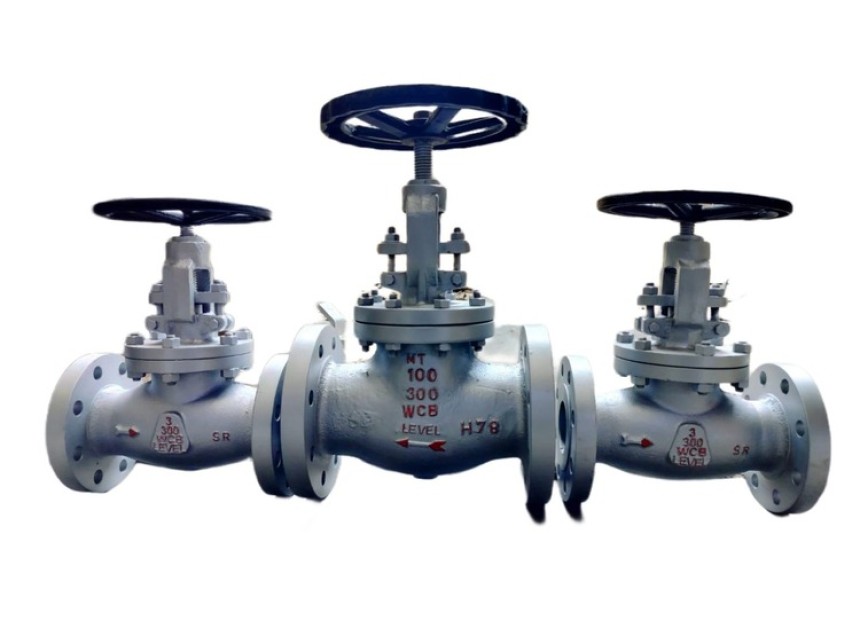
Understanding the Basics of Industrial Valve Sizing and Selection
In the realm of industrial processes, valves play a crucial role in controlling the flow of liquids, gases, and slurries. Selecting the appropriate valve for a specific application involves several factors, including sizing, type, material, and pressure ratings. This article aims to provide an overview of the basics of industrial valve sizing and selection, helping engineers and purchasing agents make informed decisions that ensure efficiency, safety, and reliability in their operations.
Importance of Proper Sizing
Proper valve sizing is essential for achieving optimal performance in any fluid system. An incorrectly sized valve can lead to a variety of issues, including inadequate flow control, increased energy consumption, and premature equipment failure. To ensure that the right valve size is chosen, it is essential to consider the flow rate, pressure drop, and the characteristics of the fluid being handled.
Pressure Drop Considerations
Pressure drop is another critical aspect of valve sizing. It refers to the difference in pressure before and after the valve. A high pressure drop can indicate an undersized valve, leading to reduced flow rates and increased energy costs. Conversely, an oversized valve may result in poor flow control and stability within the system.
Understanding the acceptable pressure drop for the system is vital. In many applications, a pressure drop of 10% of the system's operating pressure is considered acceptable. However, this may vary based on the specific requirements of the process, and it is essential to consult the system's specifications to determine the ideal range.
Fluid Characteristics
The characteristics of the fluid being handled also play a significant role in valve selection. Factors such as temperature, viscosity, corrosiveness, and phase (liquid, gas, or slurry) must be considered. For instance, high-viscosity fluids may require valves designed to handle thick materials, while corrosive fluids necessitate materials resistant to chemical degradation.
Additionally, the presence of solids or particulates in the fluid can impact the valve's performance and lifespan. In such cases, selecting valves with appropriate designs, such as knife gate valves or check valves, can help mitigate wear and tear caused by abrasive materials.
Valve Types
Various types of industrial valves are available, each designed for specific applications and flow control needs. Common types include:
- Gate Valves: Used for on/off service; they offer minimal flow resistance but are not suitable for throttling.
- Globe Valves: Ideal for throttling applications; they provide excellent flow control but have a higher pressure drop than gate valves.
- Ball Valves: Known for their quick operation and low flow resistance; they are commonly used for on/off service.
- Butterfly Valves: Suitable for large volume flows and space-constrained applications; they offer a compact design and good control capabilities.
- Check Valves: Designed to prevent backflow in a system; they ensure that fluid flows in one direction.
Selecting the appropriate valve type depends on the specific application requirements and the fluid characteristics.
Sourcing Industrial Valves
When it comes to sourcing industrial valves, working with reputable industrial valves manufacturers in Ahmedabad can ensure quality and reliability. These manufacturers typically provide a wide range of valves suited for various applications, backed by technical expertise and support.
Conclusion
In conclusion, understanding the basics of industrial valve sizing and selection is crucial for ensuring optimal performance in fluid systems. Factors such as flow rate, pressure drop, fluid characteristics, and valve types must be carefully considered to make informed decisions. By collaborating with experienced industrial valves manufacturers in Ahmedabad, engineers, and procurement professionals can access the necessary resources and knowledge to select the best valves for their applications. Proper sizing and selection not only enhance system efficiency but also contribute to long-term operational success.
This Article is written to accelerate businesses. JOIN The Community Now! Fuel your business success with Grow Media Digital! 🚀 Tailoring expert strategies, from SEO to social media, ensure a perfect fit for your needs. With an innovative approach, they stay ahead of trends, guaranteeing measurable growth. Visit growmedia.digital to bring your business to new heights.





